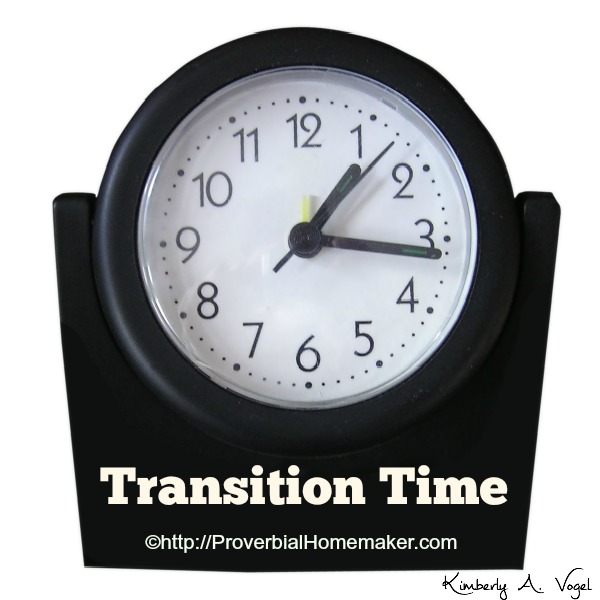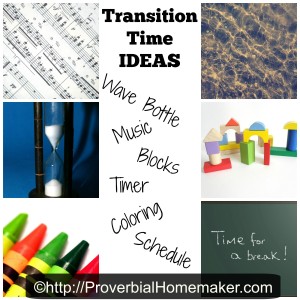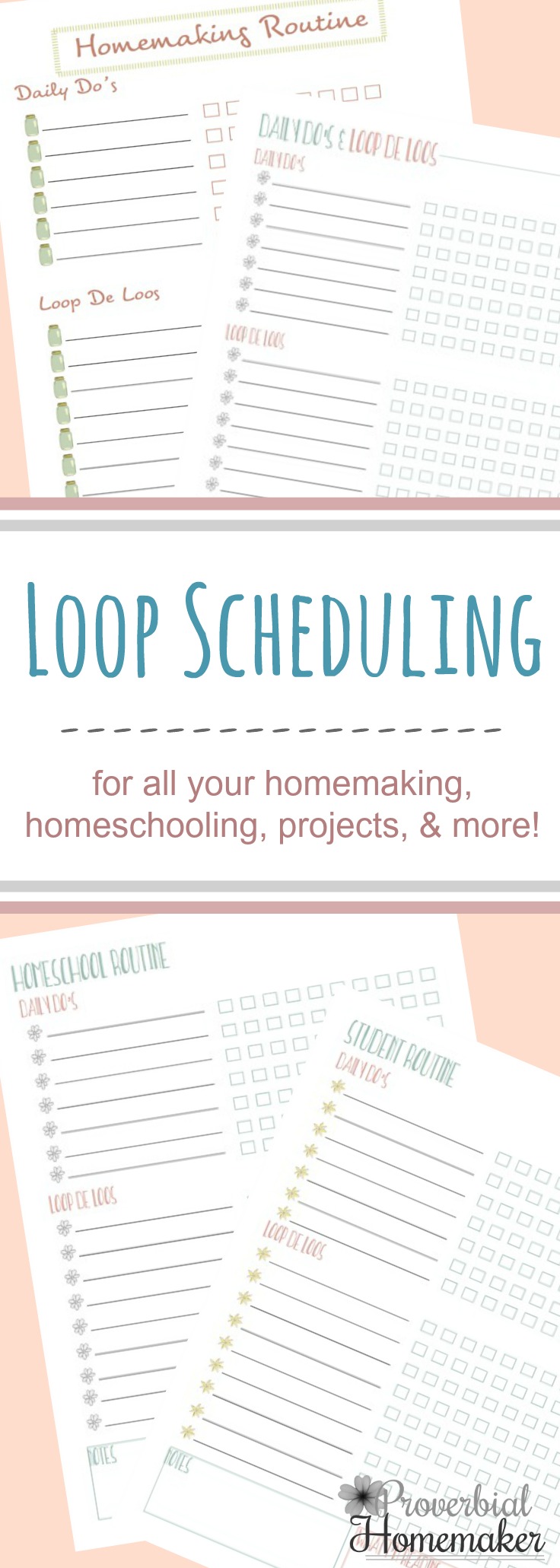Have you ever had a conversation with someone and they moved to a new topic, but your mind stayed on the last subject? I call that lost in transition. Transition time directly affects the rate of learning in children.
Disclosure: *This post may include affiliate links. As an affiliate, I earn from qualifying purchases. Read the disclosures and terms for more information.
Transition time in learning
What is transition time?
The definition of Transition – movement, passage, or change from one position, state, stage, subject, concept, etc., to another; change Therefore, transition time in education – the time it takes to transition between two different concepts (subjects).
Students either get lost in transition or want to lose the transition.
Lose the transition!
Not all kids need transition. Schedules and routines keep kids on task. Some children find security in these schedules and routines. If the routine veers off course, the student does not know what to do and feels lost instead of secure. This holds true for many children, but is common in kids on the spectrum (ASD).
If you have a child that wants to lose the transition, either they don’t need it and it results in needless daydreaming or misbehavior, or they need it but want to see it on the schedule. If the latter is the case, then schedule the transition times and teach them what to do during this time. (Keep reading for ideas!) If they don’t need the processing time, great! You will find these ideas helpful for the other type of transition time – such as when mom has to take a phone call or needs to help another child, leaving one child hanging.
Lost in Transition = More Transition Time Needed
- How do you know if your child is lost in transition and needs more transition time? These questions will help.
- Have you ever sent your child to get a math book and they disappear for 20 minutes? They might really be looking for the book, or distracted by something, but they also might need a break to absorb the information.
- Does your child’s eyes glaze over when you switch to another subject? They might be on a sugar crash, or they might be overloaded. (Yes- that’s lost in transition!)
- Is your child a struggling learner? Many who struggle need EXTRA Transition Time. LINKS
- After you’ve moved onto a new subject, does your child bring up facts or questions from the previous activity/lesson? That means they are stuck there and not processing new information because they aren’t finished absorbing the previous material. Brain rest needed! No matter what type of homeschooling you do, transition time is easy to incorporate.
What do I do if my child is lost in transition? Give them more transition time! The how-to of this is simple – Just do it. Schedule time between subjects, or between concepts in subjects. It’s as easy as stepping out to go the bathroom and giving them time, checking on another child, reading an email or two, or setting a timer for five minutes. Listen to your child when they want a break. Breaks in learning is not wasted time, it’s needed for their brain to process information!
Tried and True Ideas for Transition Time:
- Timer (so your five minute break doesn’t turn into 20)
- Countdown of activities (visual schedule) – this helps take pressure off of them to feel like they have to remember. Great for the “What comes next?” questions.
- Calming activities (wave in a bottle, swinging, trampoline)
Music - Building blocks that can be played with without following a pattern
- Coloring
What other activities do YOU do for Transition Time?








 by Stephanie, The Multi Taskin' Mom
by Stephanie, The Multi Taskin' Mom